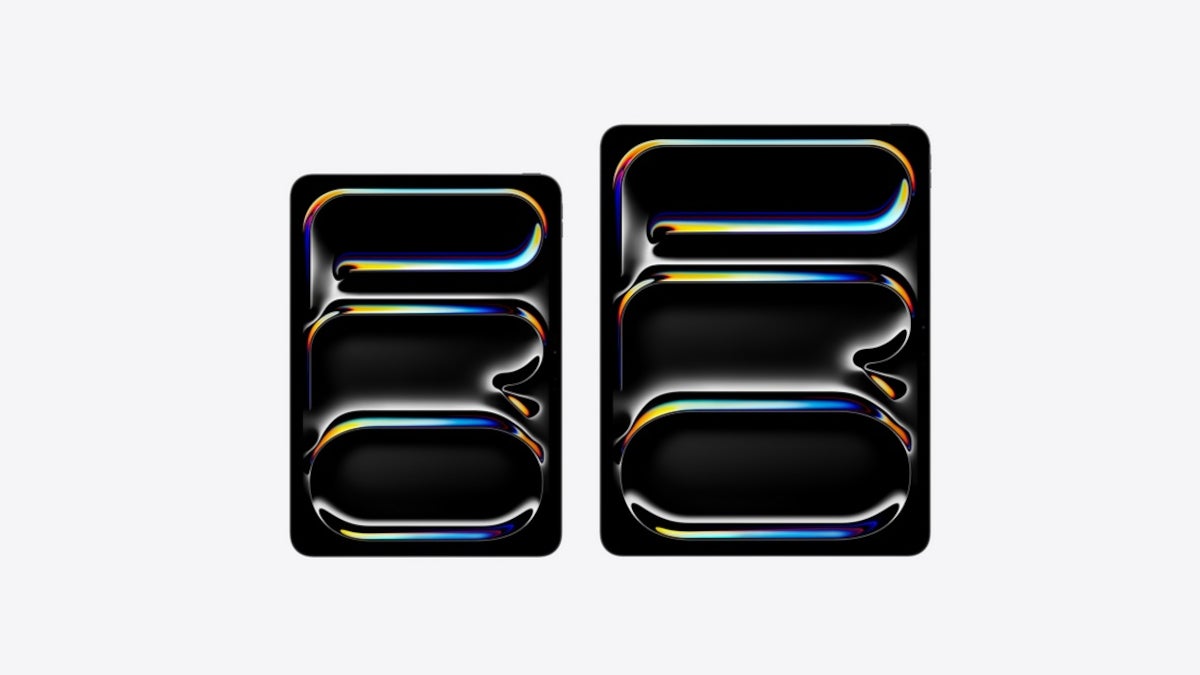
Apple recently released the first iPad tablets to feature an OLED display. And this is not just any OLED panel, this is a tandem OLED display that stacks two layers of OLED to create a brighter and more durable screen. Without the need for a backlight, the top-of-the-line iPads are thinner with the 11-inch and 13-inch slates measuring 5.3mm and 5.1mm respectively. They are both powered by the 3nm Apple M4 chip.
Apple went through all of 2023 without offering any new iPad models, the first time Apple has done this since releasing the original generation model in 2010. And while iPad fans have been eagerly awaiting the new top-of-the-line models, some of those who have already forked over $999 and up for the 11-inch tablet or $1,299 and up for the 13-inch model have noticed something not so good about the OLED displays: the images appear grainy.
Some are speculating that the grainy look is the result of a misalignment of the aforementioned tandem OLED display. Others say that the issue is the “mura effect” which appears on all OLED displays including those on smartphones. This occurs when thin-film-transistors (TFT) deliver different currents to the OLED screen with some cells not getting the proper voltage needed which leaves dark spots on the screen.
On Reddit, a subscriber with the user name “YogurtclosetKey5633” wrote, “Has anybody else noticed grain on the new tandem OLED display. It is especially noticeable when you have a dark room with no reflections and go into the settings. On my display I noticed something that looks like grain but you have to look at it from a very close distance. For me it was quite obvious because I do graphical stuff. Is it just my display or have others also experienced this?”
Others responded by agreeing that they see the same thing with one Reddit user pointing out that it is really noticeable and another one saying that once it is seen, it cannot be unseen. Others said that while harder to see, the same grain shows up on their OLED paneled iPhone model although it is not seen by the naked eye. This led one Redditor to explain why this might be. “Yeah, the iPhone 15 Pro has a pixel density of 460 ppi, whereas the iPad Pro 11-inch has a ppi of 264. Furthermore, it’s a bigger screen,” wrote Reditt user “dtaromei.”
The lower ppi and the larger screen could make an issue with a tablet’s display stand out more than the same issue on a smartphone.
In February, some Galaxy S24 Ultra users complained about grainy images appearing on their phones. Samsung eventually pushed out an update to fix the issue but not before it tried to convince users that it was a feature, not a bug. Will Apple feel the need to release a fix of its own? So far the tech giant has yet to issue a statement although it is still early days.
#OLED #displays #iPad #Pro #tablets #grainy #users



